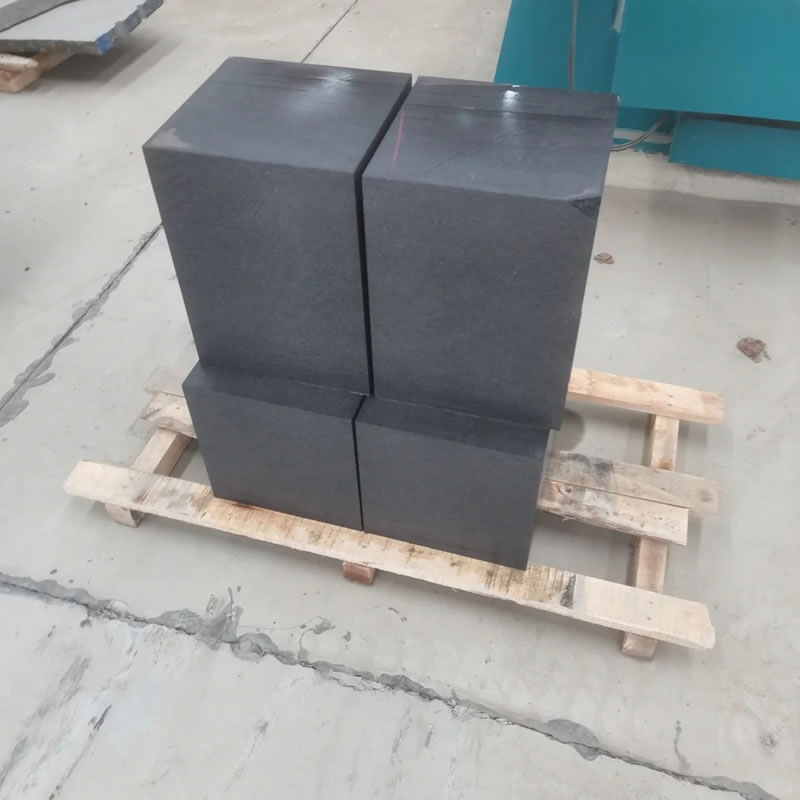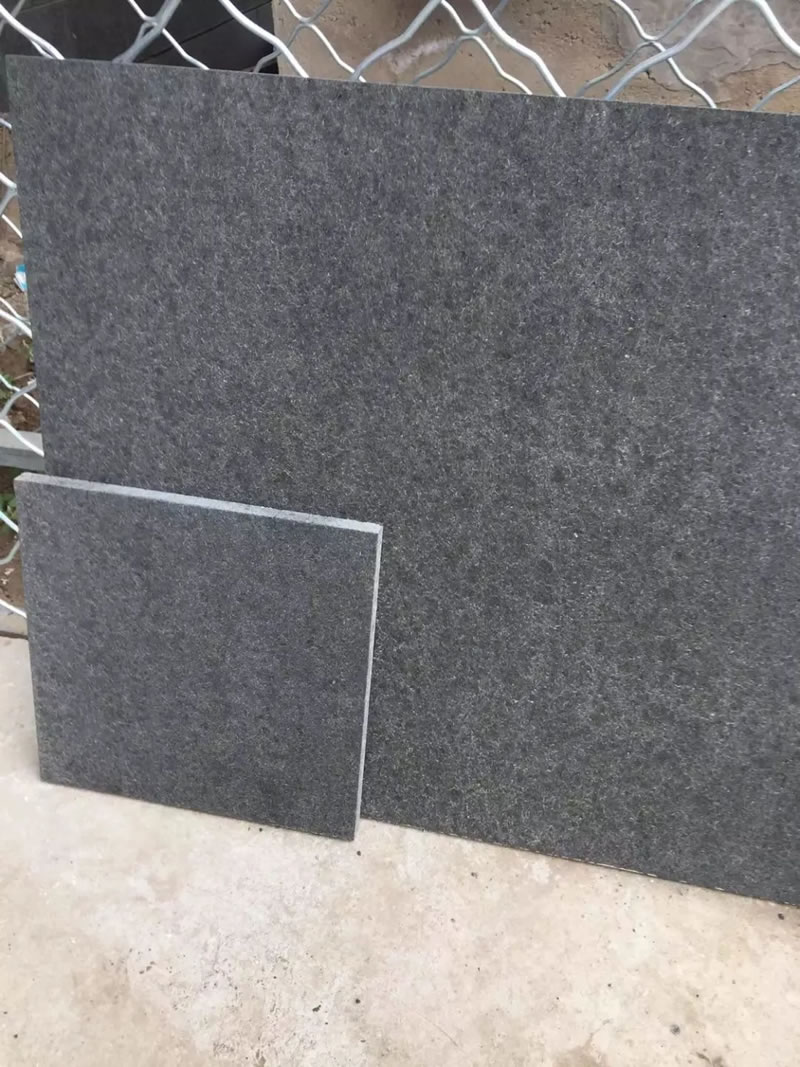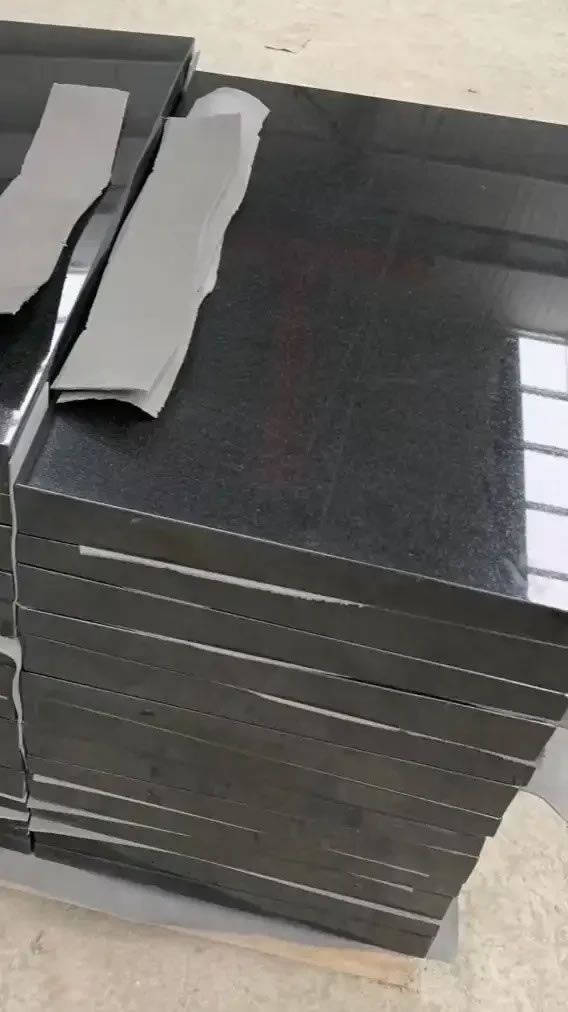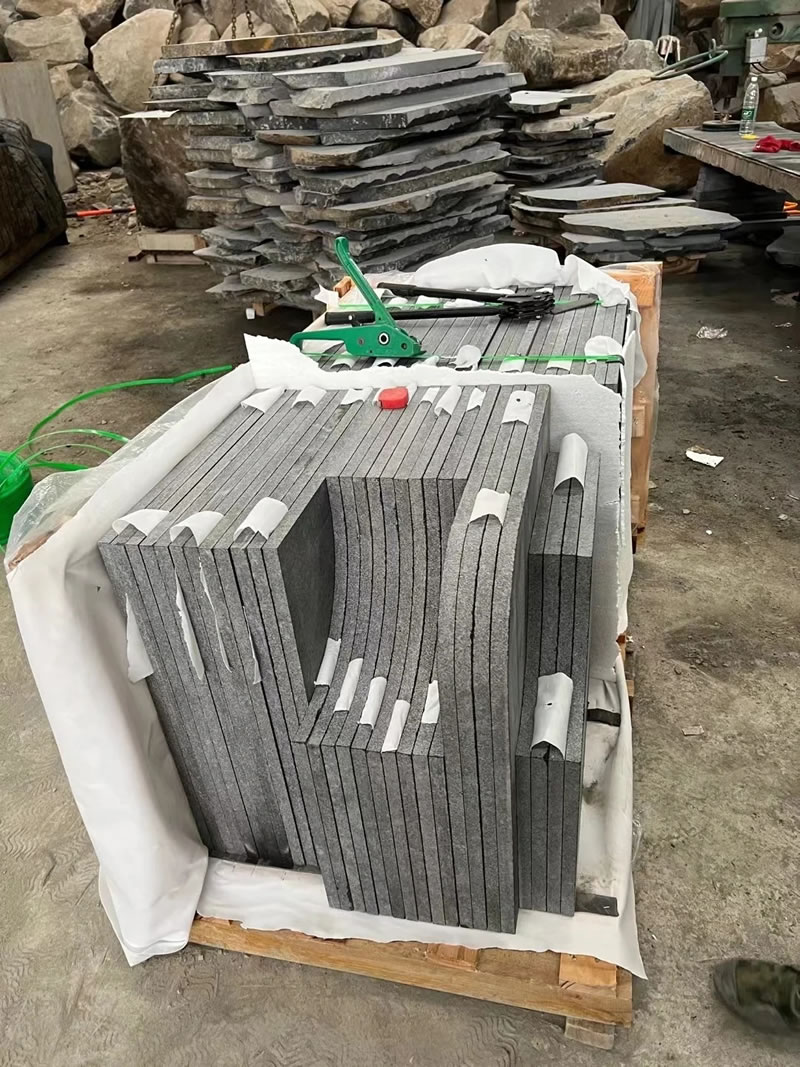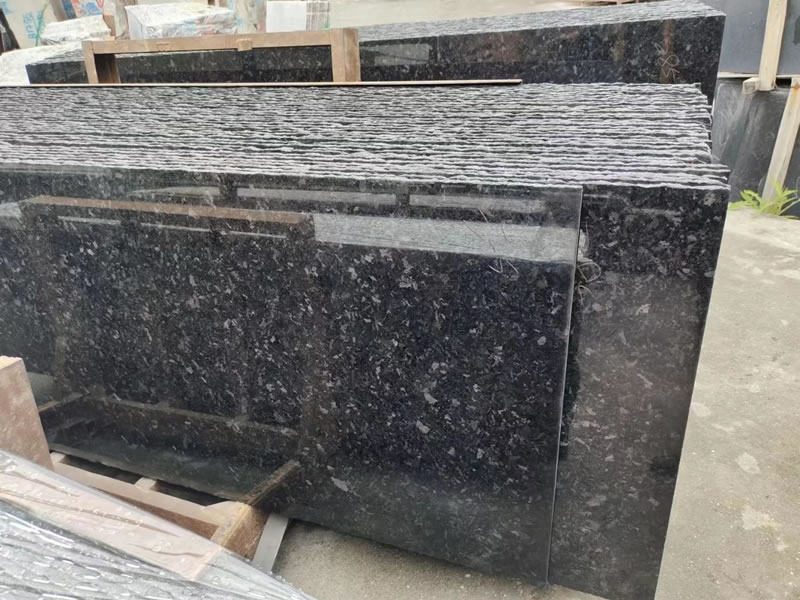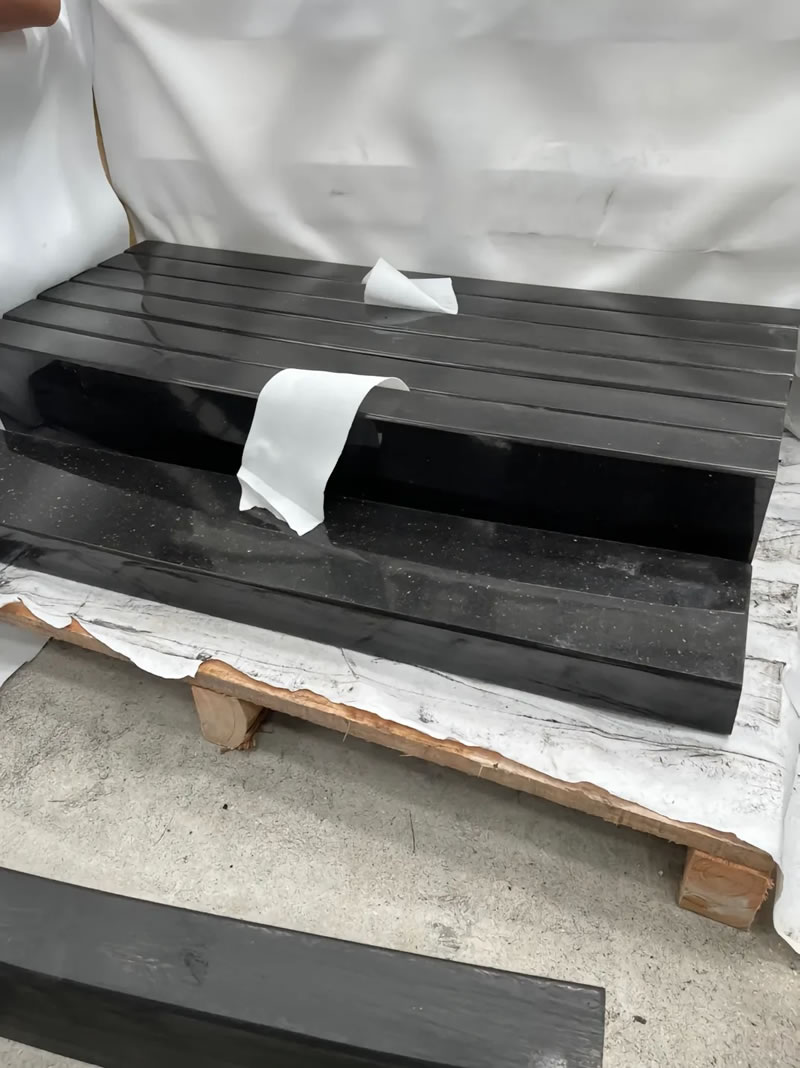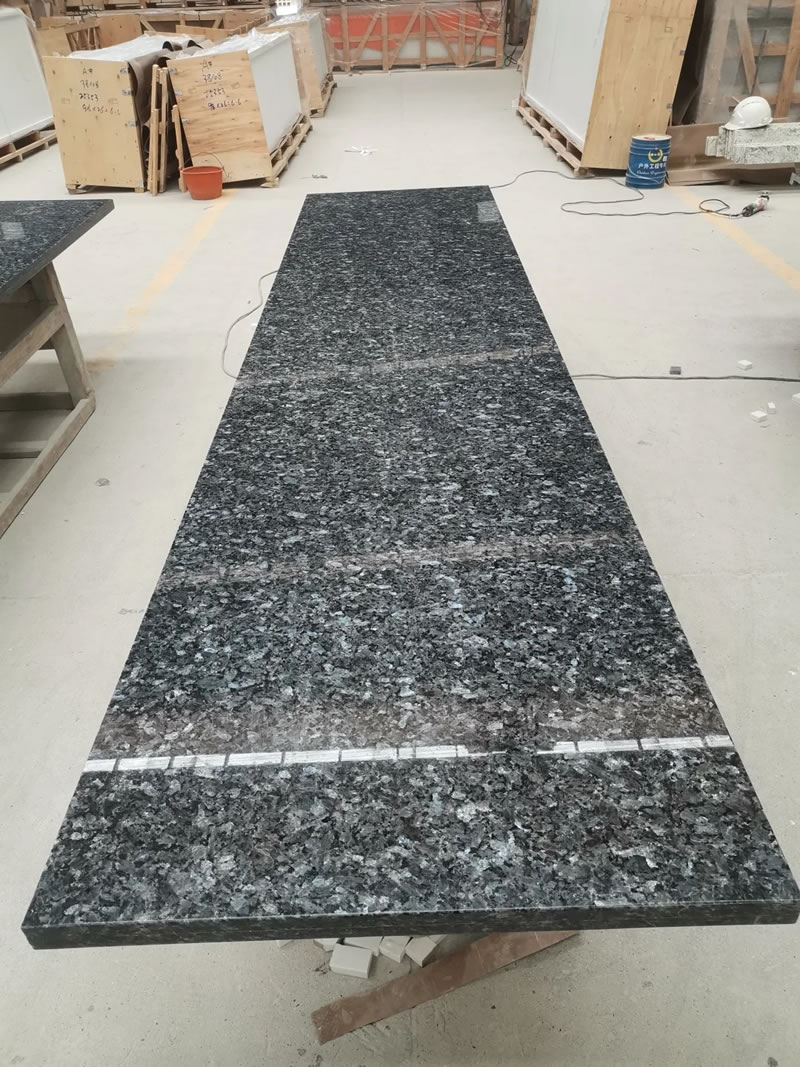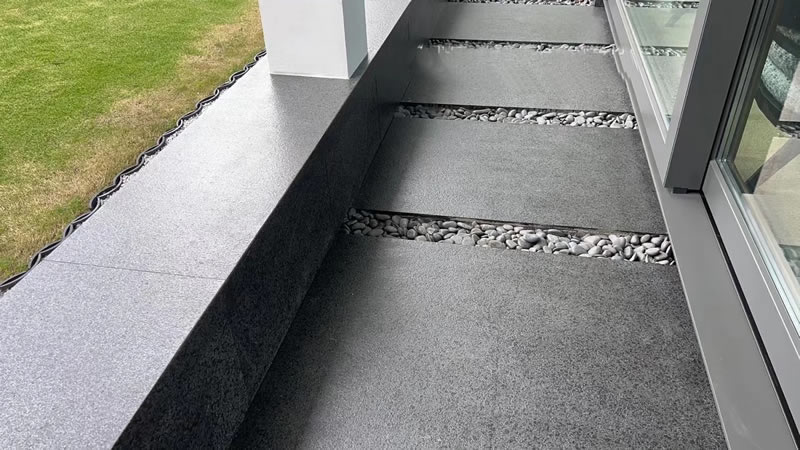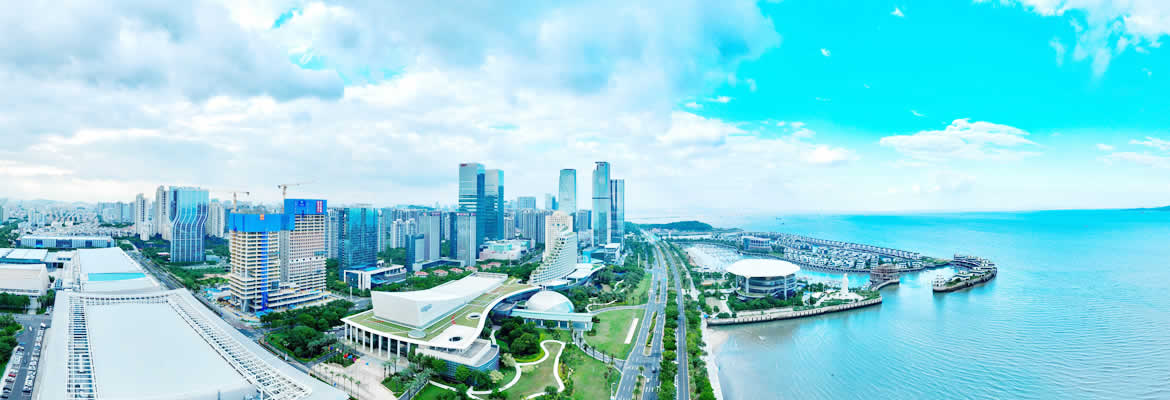Black Granite for Flooring: A Comprehensive Guide
Black granite is a popular choice for flooring due to its durability, timeless aesthetic, and versatility. Below is a detailed overview of its features, applications, maintenance, and more.
What is Black Granite?
Granite is an igneous rock formed from cooled magma, known for its dense structure and natural beauty. Black granite derives its deep hue from minerals like biotite, hornblende, or graphite. Popular varieties include:
- Absolute Black Granite: Pure black with minimal texture.
- Black Galaxy Granite: Speckled with golden or silver flecks (feldspar or quartz).
- Impala Black Granite: Dark gray-black with subtle white or gray veining.
- Baltic Brown Granite: A deeper brownish-black with rust or gold undertones.
Key Benefits of Black Granite Flooring
1. Durability
- Resistant to scratches, heat, and moisture (when sealed), making it suitable for high-traffic areas like living rooms, kitchens, and entryways.
- Can last decades with proper care.
2. Aesthetic Appeal
- Creates a sleek, sophisticated look, ideal for modern, contemporary, or traditional interiors.
- Complements light-colored walls, furniture, or metallic accents (e.g., gold, silver) for contrast.
- Patterns range from uniform solid black to speckled or veined, offering design flexibility.
3. Low Maintenance
- Easy to clean with mild soap and water.
- Regular sealing (every 1–3 years) prevents staining from spills (e.g., wine, oil).
4. Value Addition
- Increases property value due to its luxury appeal and longevity.
5. Versatility
- Works indoors and outdoors (e.g., patios, pool decks) in climates without extreme freeze-thaw cycles.
Applications of Black Granite Flooring
| Space | Design Tips |
|---|---|
| Living Rooms | Pair with neutral or vibrant furnishings for a bold focal point. Use large-format tiles for a seamless look. |
| Kitchens | Combines well with white or wooden cabinets. Resists heat from cookware but avoid direct placement of hot pots. |
| Bathrooms | Non-slip finishes (e.g., honed or flamed) are safer for wet areas. Pair with marble or glass accents. |
| Entryways | Makes a dramatic first impression. Choose polished tiles for shine or leather-finished for texture. |
| Outdoor Areas | Opt for textured finishes (e.g., flamed, bush-hammered) to reduce slipperiness. Suitable for Mediterranean or minimalist styles. |
Types of Finishes
The finish of black granite impacts its appearance and functionality:
- Polished: High-gloss surface with mirror-like shine. Shows off the stone’s color and patterns but may be slippery when wet.
- Honed: Matte finish with subtle texture, hiding minor scratches and offering better grip.
- Leathered: Soft, slightly textured surface with a natural, low-sheen look. Resistant to fingerprints and stains.
- Flamed: Rough, non-slip texture created by heat treatment, ideal for outdoor use.
- Brushed/Sandblasted: Textured surface with a natural, weathered appearance.
Installation Considerations
-
Subfloor Preparation:
- Ensure the subfloor is clean, level, and structurally sound to prevent cracking.
- Use underlayment (e.g., cement board) for moisture resistance in bathrooms or kitchens.
-
Tile Sizing:
- Large tiles (e.g., 12x24 inches) reduce grout lines for a modern look, while smaller tiles (e.g., 6x6 inches) work well for intricate patterns or curved surfaces.
- Choose dark gray or black grout to minimize contrast and hide dirt, or use white grout for a bold design statement.
- Granite is heavy and requires precise cutting. Hire experienced installers to avoid damage and ensure proper sealing.
-
Grout Selection:
-
Professional Installation:
Maintenance Tips
- Daily: Sweep or vacuum to remove dirt and debris.
- Weekly: Mop with a pH-neutral cleaner (avoid acidic/alkaline products like vinegar or ammonia).
- Sealing: Test for absorption (洒 water; if it beads, no sealant is needed). Reapply penetrating sealer as needed.
- Stain Removal: Blot spills immediately. For tough stains (e.g., oil, ink), use a granite-specific poultice.
- Avoid: Abrasive cleaners, steel wool, or wax-based products that can dull the finish.
Cost of Black Granite Flooring
- Material Cost: $5–$15 per square foot, depending on the variety (e.g., rare types like Black Galaxy may cost more).
- Installation Cost: $3–$8 per square foot, including labor and materials (grout, adhesive).
- Total Estimate: $8–$23 per square foot for a standard installation.
Pros and Cons
| Pros | Cons |
|---|---|
| Durable and long-lasting | Heavy and difficult to install DIY |
| Resistant to heat and scratches | Requires regular sealing (1–3 years) |
| Adds luxury and value to homes | Can be expensive for rare varieties |
| Low maintenance with proper care | Polished finishes may show footprints easily |
Alternatives to Black Granite
If black granite is beyond your budget or style, consider these options:
- Black Marble: More elegant but softer and prone to etching (suitable for low-traffic areas).
- Porcelain Tile (Black): Affordable, versatile, and mimics natural stone textures.
- Laminate or Vinyl Plank: Budget-friendly, easy to install, but less durable.
- Slate or Basalt: Natural stones with dark tones and textured finishes, ideal for rustic or outdoor styles.
Conclusion
Black granite flooring offers a timeless, durable solution for both indoor and outdoor spaces. Its versatility in finishes and patterns allows it to adapt to various design styles, while proper maintenance ensures its beauty lasts for years. Whether you prefer a glossy, modern look or a matte, textured surface, black granite is a premium choice that combines functionality with elegance.
For specific project planning, consult a stone supplier or installer to select the best variety and finish for your needs.
